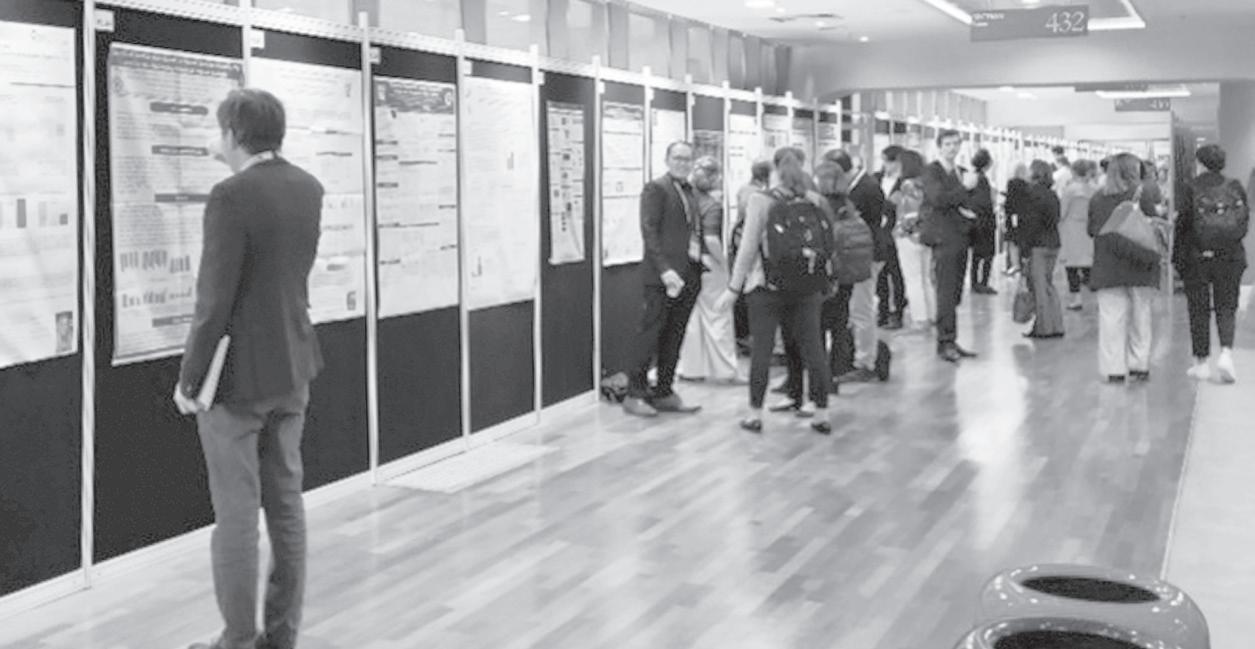
9 minute read
INTERNATIONAL DYSTONIA SYMPOSIUM
The hall of research posters, which stretched further than this photo (lower left) can indicate, was not only posted for the whole Symposium, but also the individual researchers were available to answer any questions during the breaks between lectures. Some posters of particular interest to blepharospasm patients include:
The Samuel Belzberg 6th International Dystonia Symposium was held in Dublin, Ireland on June 1-3, 2023. Executive Director Charlene Hudgins attended on behalf of BEBRF. There were about 500 medical practitioners, including many Fellows, as well as representatives from a few patient advocacy groups such as BEBRF.
Advertisement
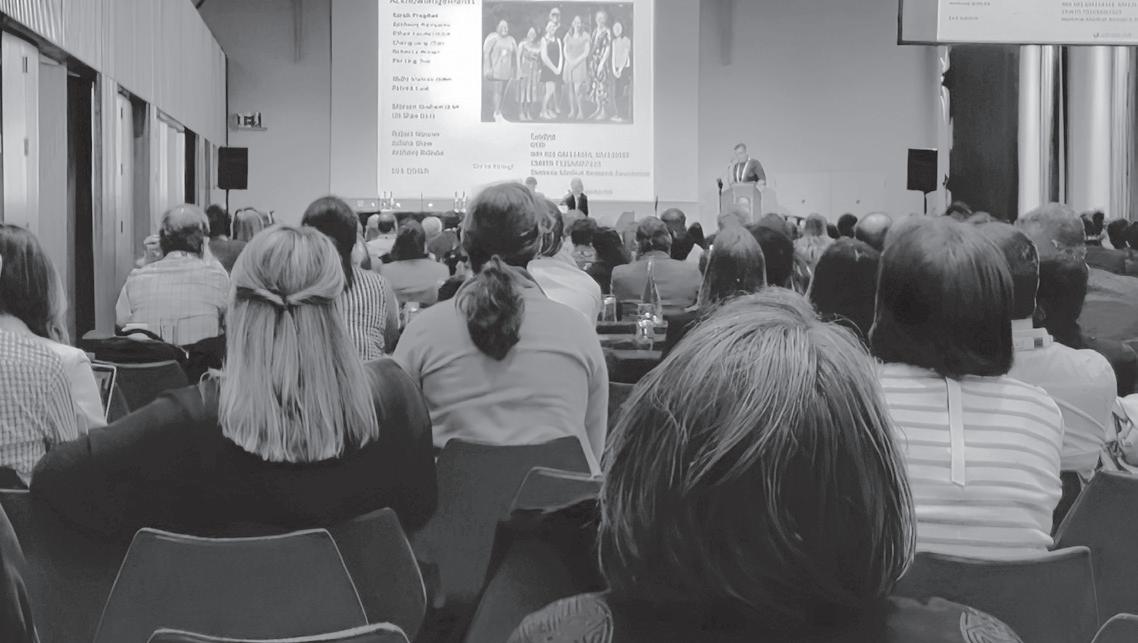
There were 3 days of lectures by some of the most renowned doctors and researchers in the dystonia field. The lectures were on a wide range of topics including genetics, treatments, and research. Dozens of researchers had produced posters detailing the results of their individual research projects, including a few in which BEBRF patients were participants. While the presentations were not recorded, a detailed synopsis will be provided later this year, and BEBRF will post how to access these when they are available. What follows is a photo journal of the activities.
This is a poster created by BEBRF Medical Advisory Board (MAB) Member Dr. Sarah Pirio Richardson and her team. Several BEBRF patients participated in this research which was to develop a smart phone app to chronicle botulinum toxin injection cycles. The app will soon be available for patients to use. The poster had an actual phone so that people could experiment with the app.
Many BEBRF patients may recall that the Newsletter asked for participants for a research project led by MAB Chair Brian Berman in Virginia, and several patients got to participate directly. The following poster (on page 4) is the result of that research. It was a pilot study, but it is hoped that this could eventually lead to new treatments.
In addition to attending the lectures and networking with colleagues, Charlene also
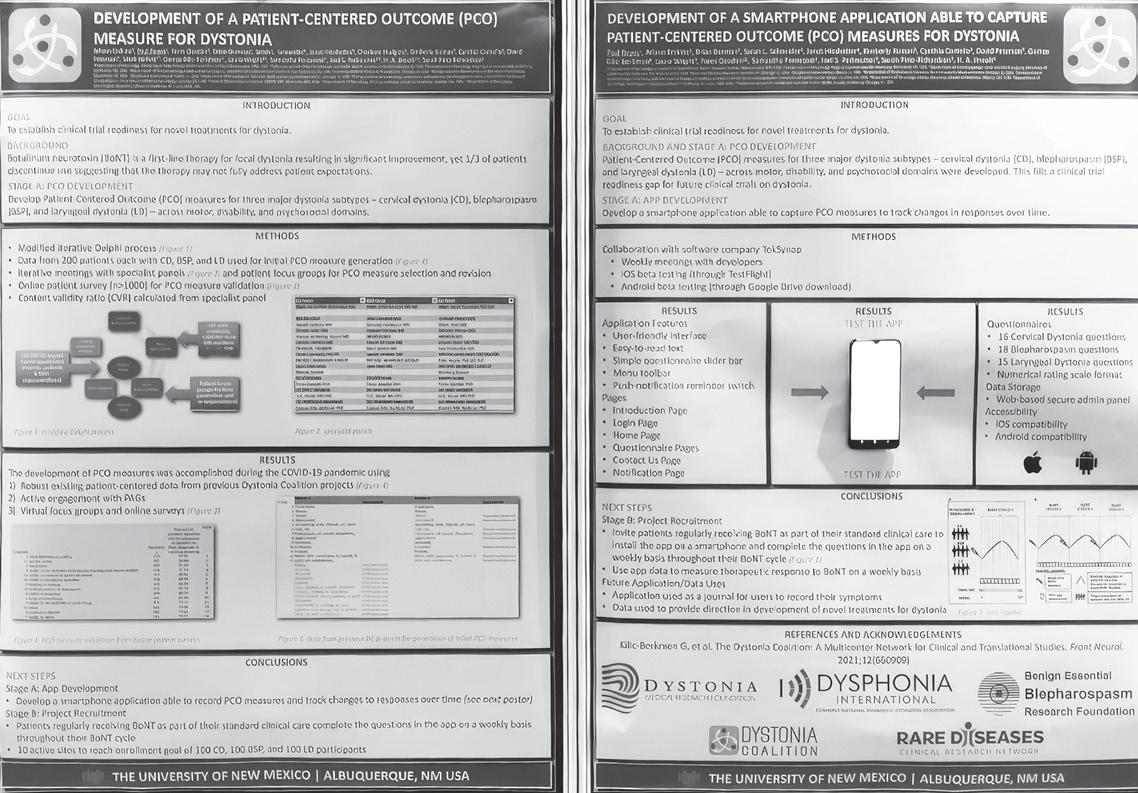
The Benign Essential Blepharospasm Research Foundation (BEBRF) is a nonprofit, 501 (c) (3) organization founded in 1981 by Mattie Lou Koster, a blepharospasm patient.
Blepharospasm (BEB) means eyelid spasm. The eyelids unpredictably and involuntarily clamp shut in both eyes, leaving the victim functionally blind until the spasm ceases in a few seconds or a few minutes.
Cranial dystonia (Meige) is a similar condition in which involuntary muscle spasms in the lower face and jaw cause grimacing and jaw movements.
Blepharospasm and cranial dystonia (Meige) are classified as movement disorders and are described as focal dystonias.
Hemifacial spasm generally begins as an involuntary contraction around one eye that gradually progresses down one side of the face to the cheek, mouth, and neck. It is not a form of dystonia.
BEBRF is a member of the National Organization For Rare Disorders (NORD), American Brain Coalition,Dystonia Advocacy Network, Dystonia CoalitionORDR, and The Harvard Brain Tissue Resource Center (Laurie Ozelius, PhD is the BEBRF Representative).
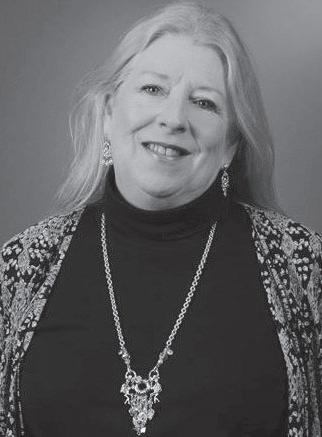
Benign Essential Blepharospasm Research Foundation
755 S. 11th St, Ste 211
Beaumont TX, 77701
P.O. Box 12468
Beaumont, Texas 77726-2468
Phone: 409-832-0788
Fax: 409-832-0890
E-mail: bebrf@blepharospasm.org
Web site: www.blepharospasm.org
Contributions may be sent to: BEBRF
P.O. Box 12468
Beaumont, Texas 77726-2468
The Editorial Staff reserves the right to edit any and all articles. It is our editorial policy to report on developments regarding blepharospasm, cranial dystonia and hemifacial spasm, but we do not endorse any of the drugs or treatments in the Newsletter. We urge you to consult with your own physician about the procedures mentioned.
The Blepharospasm Newsletter is published quarterly and mailed to patients, families, doctors, friends of the Foundation, and health care providers around the world.
Newsletter suggested donation $20.00 USD
DEADLINE DATES
MEET ME IN ST. LOUIS!
We are quickly approaching the 2023 BEBRF Symposium set for September 23, 2023 at the beautiful Hyatt Regency St. Louis at the Arch (see the picture on page 14, along with a list of fun and interesting activities right in the area). There is no charge to attend the Symposium or the Meet & Greet discussed below, and BEBRF provides complimentary breakfast and lunch.
On Friday, September 22nd, BEBRF will host the annual pre-Symposium Meet & Greet from 5:00 – 8:00 pm. There will be terrific appetizers and a cash bar. This is a great opportunity to meet with fellow blepharospasm patients and share experiences, as well as ideas, tips, and tricks that many find helpful. Then on Saturday is a full-day of presentations by expert
PROTECTING PATIENT INFORMATION: physicians and researchers on a wide variety of topics (see agenda, below). There are even a few new topics this year. In addition, you will be given an opportunity to ask questions of all the presenters. While the presentations will, no doubt, be invaluable, many blepharospasm patients say that the quality time spent with other patients is their favorite reason for attending in person. Blepharospasm can often feel like a ‘lonely’ disorder, but the Symposium is a chance to feel a lot less lonely. In order to have an accurate count for food and other matters, it is very important to register for the event(s) you will be attending. Contact the BEBRF office to get registered.
The Benign Essential Blepharospasm Research Foundation respects the privacy of patients. Patient information is not shared outside the BEBRF organization.
BEBRF has arranged for a special hotel room rate of $159 per night (rooms at this hotel are usually $200+ per night). This special room rate is available only through September 7th. A link to reserve at the special room rate is on the BEBRF Website. If you prefer to reserve by phone, the number is 1-800-233-1234, and you must reference the group code BEBS to get the special rate. The special rate is available for reserved rooms from Wednesday, September 20th through Sunday, September 24th. Once the number of rooms set aside for the BEBRF room block have been reserved, you will have to pay full price, so don’t hesitate to reserve! Hopefully, I’ll meet you soon in St. Louis!
BEBRF BOARD OF DIRECTORS
Heidi Coggeshall, President/Treasurer*
Tishana Cundiff, Vice PresidentEducation & Support*
Peter Bakalor, Vice PresidentDevelopment*
Charlene Hudgins, Executive Director/Secretary
Cynthia Clark*
Gina Duvalsaint*
Jonathan Healy
Carlas Powell*
Bryan Renehan*
Christopher West
EX OFFICIO
Brian Berman, MD, Advisor
*Patients
MEDICAL ADVISORY BOARD
Brian Berman, MD, Chair, Richmond, VA
Mark Hallett, MD, Bethesda, MD
Andrew Harrison, MD, Minneapolis, MN
Joseph Jankovic, MD, Houston, TX
Hyder A. “Buz” Jinnah, MD, PhD, Atlanta, GA
Laurie Ozelius, PhD, Boston, MA
Sarah Pirio Richardson, MD, Albuquerque, NM
Charles Soparkar, MD, PhD, Houston, TX
Mark Stacy, MD, Greenville, NC
Julie Woodward, MD, Durham, NC
DISTRICT DIRECTORS & EMAIL
Bryan Renehan, Eastern CT, DE, DC, FL, GA, MA, MD, ME, NH, NJ, NY, NC, PA, PR, RI, SC, VT, VA, WV dir-e@blepharospasm.org
Tishana Cundiff, Central AL, AR, IL, IN, IA, KS, KY, LA, MI, MN, MS, MO, ND, OH, SD, TN, TX, WI dir-c@blepharospasm.org
Cynthia Clark, Western AK, AZ, CA, CO, HI, ID, MT, NE, NV, NM, OK, OR, UT, WA, WY dir-w@blepharospasm.org represented BEBRF to provide information about the research grant opportunities, to enlist registrations for the BEBRF international treating doctor database, and to distribute a flash drive containing a lecture delineating the different facial movement disorders and how to tell them apart. The lecture on the flash drive was given by Dr. Laura Scorr, a neurologist at Emory University, and it was recorded through a grant BEBRF received. BEBRF, in conjunction with other patient advocacy groups provided scholarships through the Dystonia Medical Research Foundation for Fellows studying treatment and research of dystonia to attend the Symposium. Below are the testimonials of two of the Fellows:
Dana Sugar, MD
I was generously awarded the Travel Scholarship to attend the Samuel Belzberg International Dystonia Symposium in Dublin, Ireland. As a second year movement disorders fellow at Rush University, I have developed a strong interest in the field of dystonia, both as a clinician and as a researcher. This scholarship afforded me the resources necessary to participate in this incredible conference. The scientific content was exceptional, and the short, rapid-fire format of the sessions allowed for a captivating experience as a member of the audience. I enjoyed the first day of clinically- relevant material and learned many diagnostic and management pearls that I will take with me into my clinical practice. The next two days of biomarker, imaging, and neurogenetics content opened my mind to the depth and complexity of the current landscape in dystonia research. It was an inspiring event that sparked new interests and questions that will undoubtedly guide my future research pursuits. It is clear that the entire audience enjoyed this conference as much as I did, as there was fierce and friendly debate, and excellent questions asked of the speakers. The sessions included topics in non-motor symptoms of dystonia, and it was represented in several posters. The exposure to the active research in this area will allow me to further develop future research endeavors in my work in dystonia as I graduate from fellowship and begin my professional career.
I have spent the past two years of fellowship working on dystonia research, specifically, assessing non-motor symptoms and their response to botulinum toxin. I have poured over the available literature on this topic in developing this study. In doing so, I have become acquainted with the great writers in the field. Attending this conference allowed me to meet some of the authors of this esteemed work in person, to learn from their ongoing work and experiences, and I left Dublin inspired to further my own research. Furthermore, the networking opportunities and exposure to other scientists and clinicians that this conference provides is pivotal for development in this field. I was able to connect other colleagues who may never have met. For example, my division chief and mentor from residency at the University of Utah, and a colleague across the country at Northwestern in Chicago who both are working in neurogenetics and would benefit from each other’s expertise and resources. The examples can go on and on!
I have accepted a position as Assistant Professor in Neurology at the University of New Mexico, in
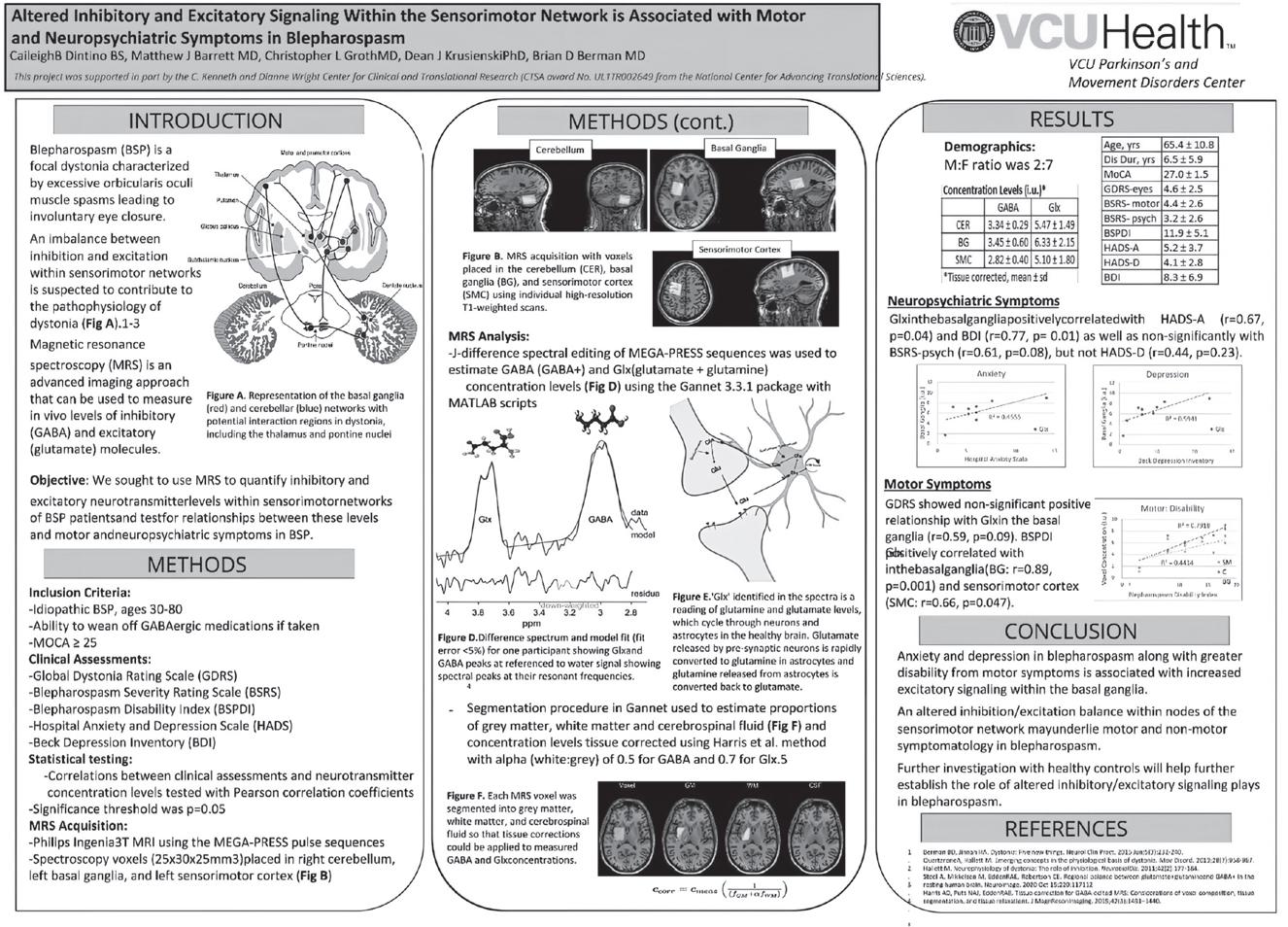
Albuquerque. I hope to continue my research in the field of dystonia, and participate as a principal investigator in clinical trials pertaining to dystonia with Dr. Sarah Pirio Richardson*, one of the many excellent speakers at the conference. I am filled with gratitude for the opportunity to attend the symposium, and I extend my deepest thanks to the Dystonia Medical Research Foundation for making this all possible. *Editor’s note: Dr. Pirio Richardson serves on the BEBRF MAB.
Matthew Woodward, MD
I am one of the awardees of the travel scholarship for the International Dystonia Symposium from June 1st to the 3rd, 2023. I attended with my mentor, Dr. Jeanne Feuerstein, as we presented a poster at the conference together titled “Form vs Function: Inappropriate Behaviors in Cervical Dystonia Beyond Deficits Predicted by Social Cognition Testing”. It was wonderful to be able to speak more on social cognition in dystonia and have some interest generated by it.
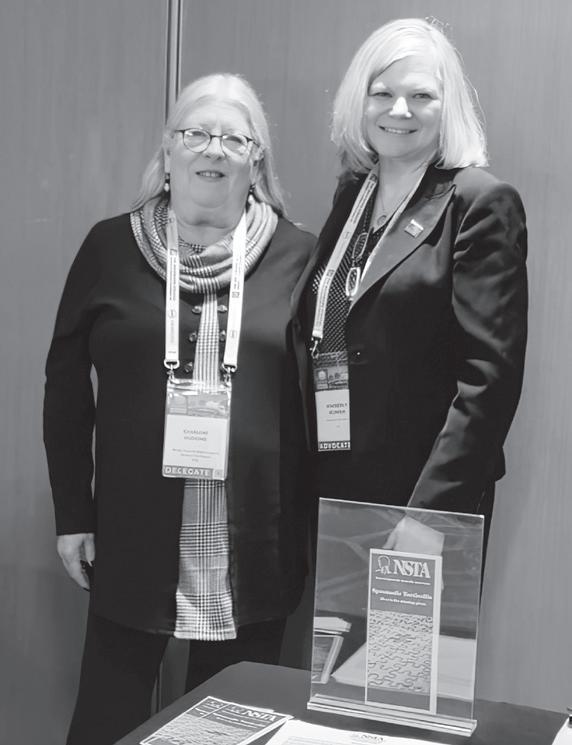
Having the ability to attend this conference was incredibly rewarding and beneficial to me. Firstly, the range of lectures presented by the various experts in the field were helpful in many ways including clinically, academically, and researchwise. Particularly, it was interesting to see how much data there has been collected on PET imaging and the like, and what that may mean for the future for our patients. I expect my clinical ability with dystonia will only be bolstered, as well as my ability to potentially conduct further research in dystonia, whether related to the prior poster we presented, or something new. I am especially interested in where our further diagnostic studies may lead, given the breadth of functional imaging, genetic testing, etc. that was presented.
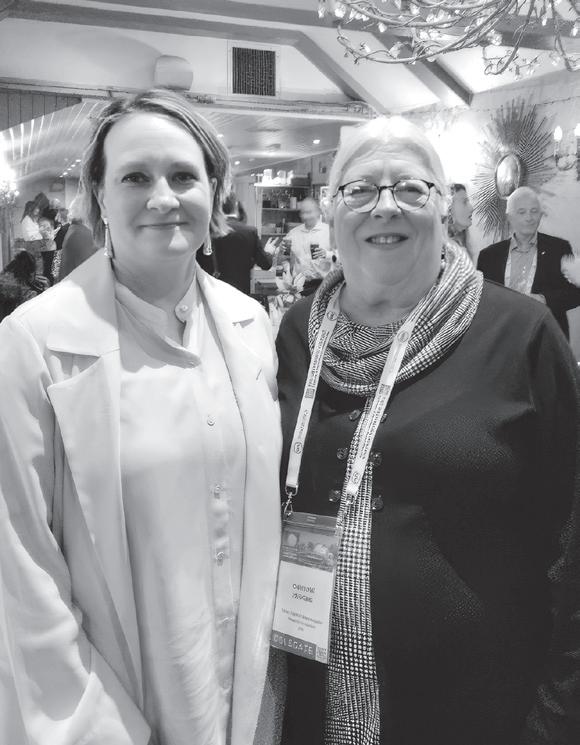
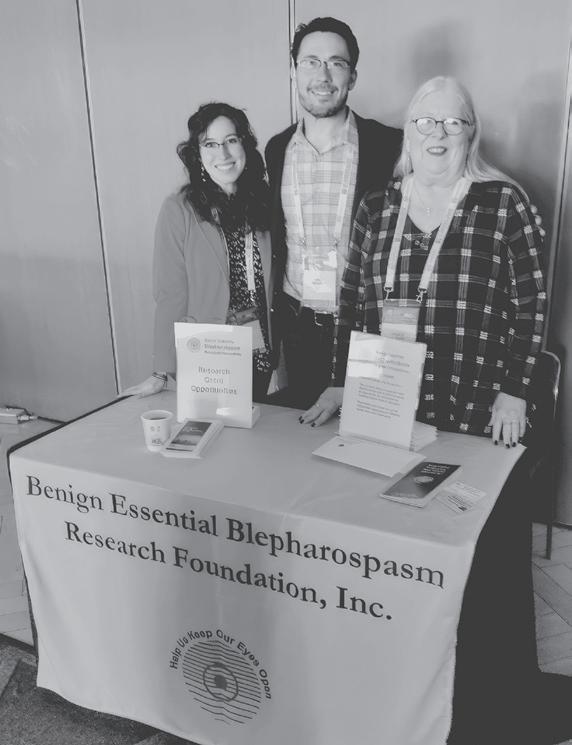
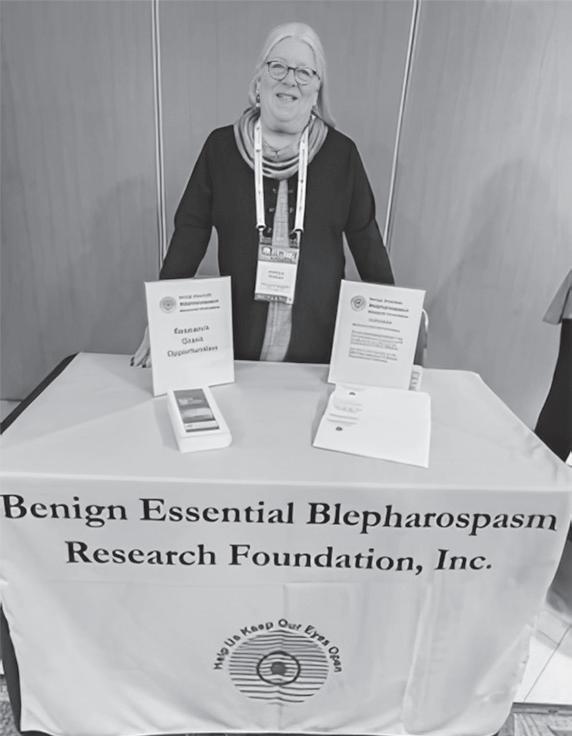
One unexpected benefit of the conference, I believe, is the ability to connect and talk with so many different physician and patient led organizations. Particularly, having the ability to talk to the patients involved in advocacy was quite helpful to know what is important to them and how they see themselves and their diagnosis.
I would like to say thank you one last time for the travel for the symposium. It made a trip that would have otherwise not been financially feasible possible. Everyone involved was very friendly, helpful, and informative. Not to mention, the city of Dublin and country of Ireland were lovely to spend some time in, the Gaelic sports were a blast to watch, and I hope to be able to go back some day in the future to see more of it.
FINALLY, The BEBRF is pleased to announce that following the Dublin Symposium, one of the outstanding research presenters, Dr. Roy Sillitoe of Baylor College of Medicine, will discuss a summary of the current research for dystonia and blepharospasm in our next Webinar. Please stay tuned for further details/date. Also, if you would like a clearer image of the two posters pictured in this article, please contact Charlene at charlene@ blepharospasm.org.



